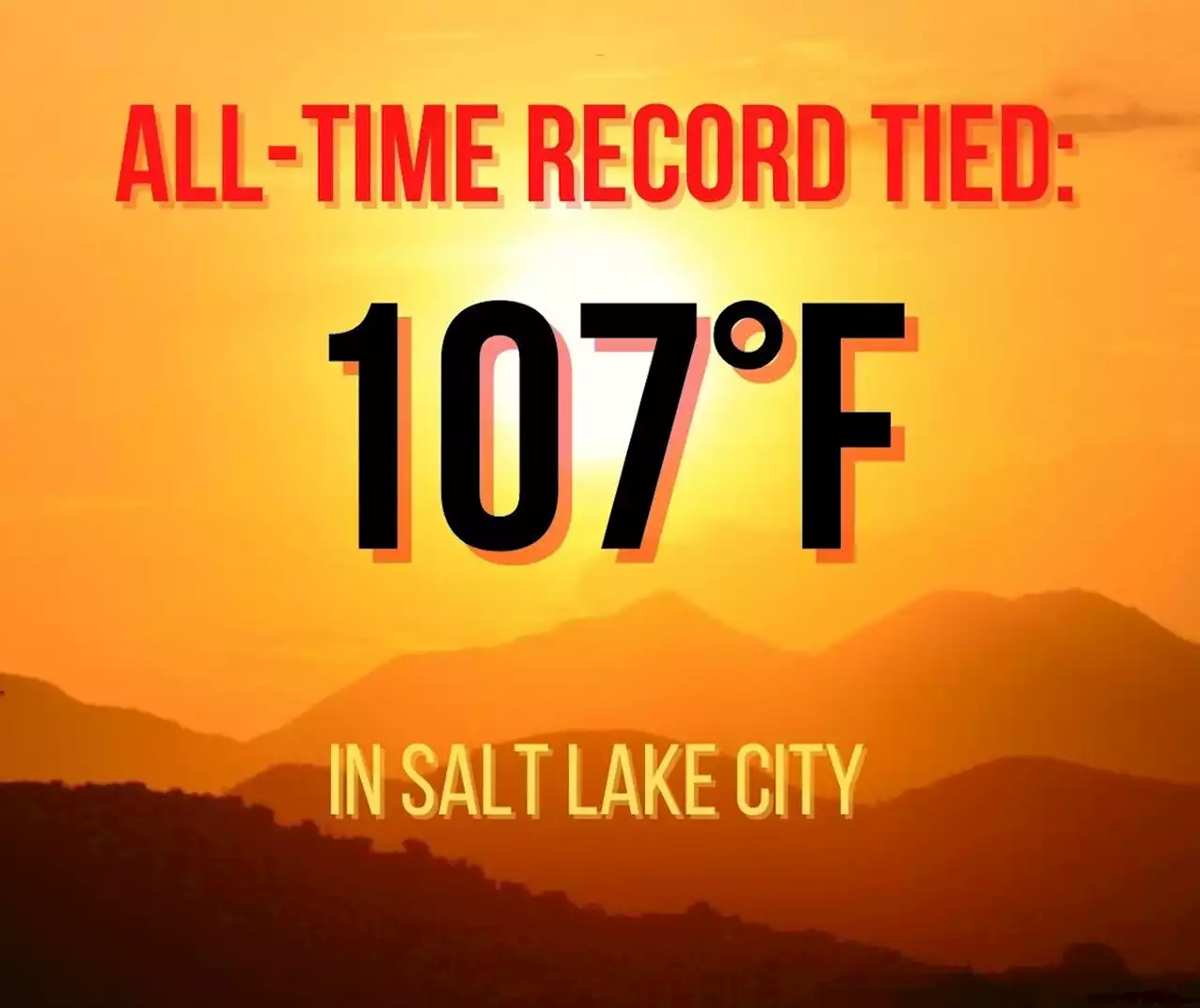WAY TO WATER SLC! Residents of Salt Lake City are doing their share to conserve water during the drought we're experiencing. Check out the daily chart to see how much less water is being used compared to years past.
SALT LAKE CITY — Salt Lake City residents are doing their share to conserve water amid one of the most severe droughts in modern history.A daily water use chart put out by the city's public utilities department indicates residents are using much less water so far in 2022 than in the three past years.#savewater #drought #conserve @SLCgov @slcmayor @UtahDNR @USU_CWEL @UTWaterRights @SWCSNews pic.twitter.
— SLC Department of Public Utilities July 18, 2022 Salt Lakers are using about 130 million gallons a day.That's a lot, but about 40 million gallons a day fewer than the last few years, and more than 80 million fewer gallons a day than back in the year 2000.
United States Latest News, United States Headlines
Similar News:You can also read news stories similar to this one that we have collected from other news sources.
 Salt Lake City race brings more than bicyclists to Granary DistrictSalt Lake City’s Granary District transformed into a racetrack on Saturday, hosting hundreds of bikers for the Salt Lake Criterium race.
Salt Lake City race brings more than bicyclists to Granary DistrictSalt Lake City’s Granary District transformed into a racetrack on Saturday, hosting hundreds of bikers for the Salt Lake Criterium race.
Read more »
 Grass fire near I-80 fills Salt Lake City sky with smokeA wildfire burning on the west edge of Salt Lake City has filled the area with smoke — as seen here from our weather camera near Red Butte Canyon. Details/updates:
Grass fire near I-80 fills Salt Lake City sky with smokeA wildfire burning on the west edge of Salt Lake City has filled the area with smoke — as seen here from our weather camera near Red Butte Canyon. Details/updates:
Read more »
 Salt Lake City ties all-time high temperature recordFor the second time in nine days, Salt Lake City's record for the hottest temperature on a specific calendar day has been broken.
Salt Lake City ties all-time high temperature recordFor the second time in nine days, Salt Lake City's record for the hottest temperature on a specific calendar day has been broken.
Read more »
 Sergio Cordova, Real Salt Lake rout Sporting Kansas City 3-0With an 18-5 advantage in shots — including 10-1 in shots on goal — Real Salt Lake defeated Sporting Kansas City 3-0 on Sunday night at Rio Tinto Stadium.
Sergio Cordova, Real Salt Lake rout Sporting Kansas City 3-0With an 18-5 advantage in shots — including 10-1 in shots on goal — Real Salt Lake defeated Sporting Kansas City 3-0 on Sunday night at Rio Tinto Stadium.
Read more »
 Salt Lake City parks and public lands are getting a new set of eyes and earsA park ranger program has long been on the city’s wishlist. Thanks to some federal funding and internal buy-in, it’s become a reality.
Salt Lake City parks and public lands are getting a new set of eyes and earsA park ranger program has long been on the city’s wishlist. Thanks to some federal funding and internal buy-in, it’s become a reality.
Read more »
